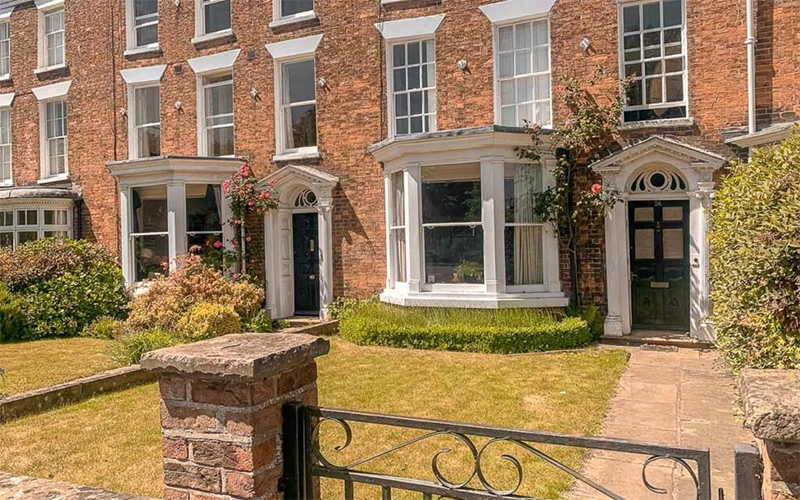Listed Building Consent
Listed Buildings hold special architectural and historic interest, and by being Listed it is hoped that they can be protected for future generations. When it comes to planning considerations, there are special requirements for Listed Buildings in order to keep the integrity and outstanding features preserved.
Changes such as demolition, alteration or extension to a listed building can impact its architectural or historic value. If these works change or impact the character of the building then consent must be sought for the changes to be undertaken.
Commencing works on a Listed Building without seeking this consent is a criminal offence and can only be defended if the changes were necessary due to health and safety. Individuals may also have trouble trying to sell a property which has not been granted Listed Building Consent for work carried out. In certain cases planning permission is also necessary.
Features of a listed building can range from fireplaces and plasterwork, to the general layout and architecture and listed building consent ensures that Historic England and the National Amenity Societies are consulted before any changes to these are made.
Under some circumstances, outbuildings and any other areas within the curtilage are also protected by the listing on a property so be sure to seek advice before commencing work on any outbuildings or even garden walls your property may have.
We can offer advice on whether your property would require such consent alongside forming the planning application or listed building consent.


- Click to share on Facebook (Opens in new window) Facebook
- Click to share on X (Opens in new window) X
- Click to share on LinkedIn (Opens in new window) LinkedIn
- Click to share on Pinterest (Opens in new window) Pinterest
- Click to share on WhatsApp (Opens in new window) WhatsApp
- Click to print (Opens in new window) Print
- Click to email a link to a friend (Opens in new window) Email
